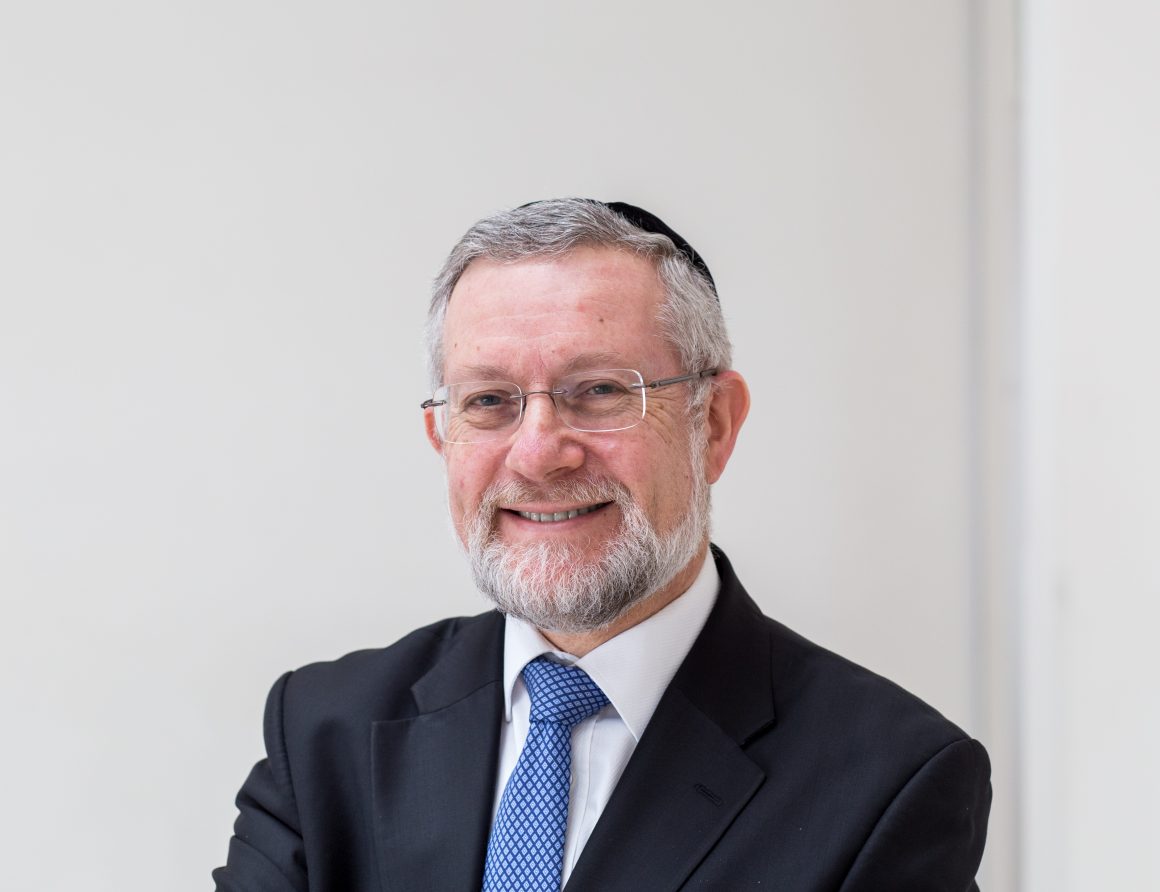A ST. JOHN’S WOOD CHEVRA KADDISHA
Four years ago, at the height of the covid pandemic, the United Synagogue Burial Society was experiencing a very high volume of burials. At one point, the situation seemed so serious that we were worried we would not have enough tachrichin or shrouds for burials. Fortunately, we were able to procure them from another source and every person was prepared for burial in the correct manner.
The shrouds we use for burial bear more than a passing resemblance to the white garments of the kohanim who served in the Temple or Tabernacle. Our current parasha describes the robes of the Kohen Gadol or High Priest. He wore eight ornate garments whereas a regular priest wore four white garments. The Kohen Gadol had a special set of four white garments which he wore when he entered the Holy of Holies only on Yom Kippur.
The four priestly garments comprised: breeches, a tunic, a sash, and a hat.
The special garments that are used for burial, tachrichin, similarly comprise of a headdress, breeches, a tunic, a kittel and a sash. In addition, men will be clothed in a tallit.
In preparation for burial there is a special washing procedure. Then the departed is dressed in the tachrichin. The entire ritual is known as a taharah, literally, ‘purification’ and is the responsibility of a trained group known as a Chevra Kadisha or ‘holy fraternity.’ The taharah is a remarkable gesture of friendship that is extended with the greatest dignity and respect to every departed person in the community.
Although the United Synagogue employs a professional Chevra Kadisha, many communities have a voluntary men’s Chevra that will see to the taharah needs of the members of their own congregation. A voluntary women’s Chevra Kadisha operates across all communities in the United Synagogue, and I know women from this community who have, over the years, been part of the rota.
Before covid, we had begun a training programme for a St. John’s Wood Men’s Chevra Kadisha. Our training was interrupted, and we have not reconvened, due to lack of numbers, though one individual went on to volunteer and is now a regular participant in the Chevra Kadisha.
I believe we still have the potential in our community to create a Chevra Kadisha that can serve the needs of our members. It would not a major commitment of your time. If statistics are anything to go by, members of the Chevra would expect to be called out once a month to perform a taharah at Bushey Cemetery. If you would like more information, please be in touch with me.
The Kohen Gadol put on his white garments before he entered the holiest place on earth. Similarly, we robe every woman or man, like a High Priest, before they enter the even holier heavenly sanctuary. May our departed loved ones be a source of blessing for us all. As the Kohen Gadol would pray for his people, so may our loved ones pray for us that there should be peace for Israel and all mankind.


